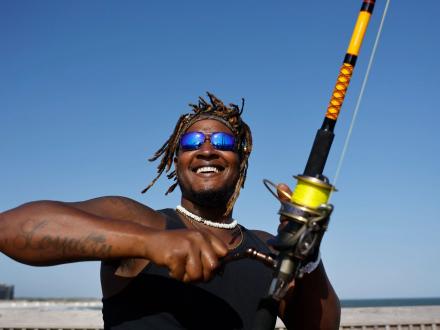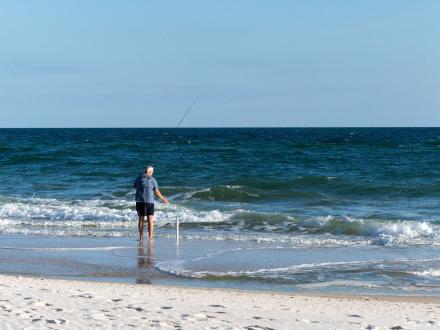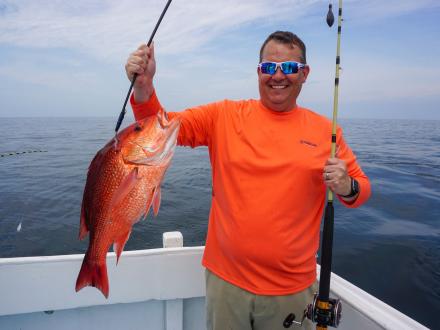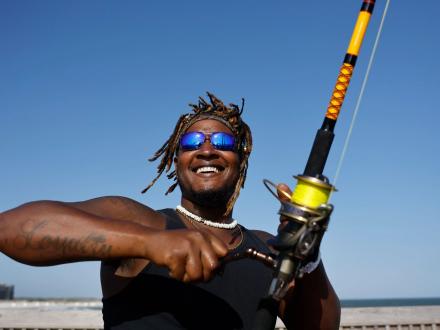To keep the fishing great on the Alabama Gulf Coast and in the Gulf, anglers are becoming aware of the need to take steps to ensure any fish released back into the water have the best chance to survive.
For those who fish for reef fish, like Alabama’s iconic red snapper, it’s essential. When a fish is reeled to the surface from significant depths, it can suffer barotrauma with symptoms of bloated stomachs and swim bladders. If it’s not properly released, it will likely be unable to return to its reef habitat and die or be picked off by a predator.

The Return ’Em Right Program
The Return ’Em Right program, funded by money from the Deepwater Horizon oil spill settlement, is designed to educate anglers on the best practices to help released fish survive.
The U.S. Congress passed the Descend Act that requires vessels fishing for reef fish to have a descending device or venting tool ready for use.
This fish release program The Return ’Em Program is designed to address depredation and release mortality and monitor the effectiveness of descending devices and venting tools in improving fish survival. The more fish returned to the reef, the better for them and anglers. Released fish that do not survive are considered dead discards, which count against the annual quota for the Gulf.
The program teaches anglers the proper use of venting tools, designed to release the pressure in the swim bladder and stomach, and descending devices, which are used to return a fish to a certain depth before it is released to return to the reef.
Research shows that fish released closer to the bottom using descending devices have a better chance of surviving.

Anglers can complete a 15-minute education module on the Return ‘Em’ Right site. Once completed, anglers become eligible to receive a package of descending gear valued at $100.
The gear includes a ready-to-use SeaQualizer device used to release fish at 50-, 100- and 150-foot depths. An inverted hook device is also included that allows the fish to be released manually.
The descending device can be used on all reef fish species, like snapper, triggerfish, and amberjack.
For inshore species, the red drum (redfish) is a hardy species, and the survival of released redfish is high. If you want a picture, dip the fish with a net, remove the hook, snap the photo, and slip the fish overboard.
Speckled trout are much more delicate and need special care if you plan to release trout, especially the large females that provide the most significant spawning potential.

How to Release a Fish Back into the Ocean
First, don’t let the fish flop on the boat’s deck. That removes the fish’s protective slime layer and makes it susceptible to infections and parasites. Net the fish. Never stick a finger in the mouth of a saltwater species. Almost all have sharp teeth. Use a Fish Grip or BogaGrip to grab the fish’s lower jab and remove the hook. If it’s a large trout, slowly lower the fish in the water and keep a grip on its tail. Slowly move the fish back in forth to move water over its gills, and then release the fish when it responds.
Hopefully, as good as the fishing is off Alabama’s Gulf Coast, you’ll be able to use these practices to keep our fishing great.
Learn more about fishing on Alabama’s beaches and start gearing up for your next trip!

